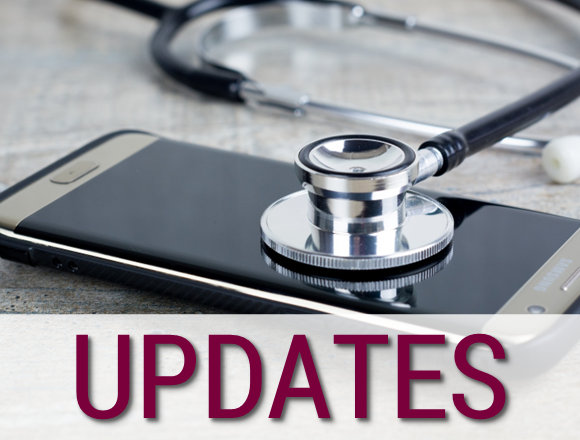Dr Adam Torbicki is a professor of medicine at Center of Postgraduate Medical Education in Warsaw, Poland, past vice-president of the European Society of Cardiology, and coauthor of European guidelines on pulmonary hypertension.
If you were to name the 3 most important recent advances relevant for everyday practice in pulmonary embolism, what would they be?
Prof. Adam Torbicki, MD, PhD: The 3 most important recent advances relevant for everyday practice in pulmonary embolism... I would start with the coronavirus disease 2019 (COVID-19) story, which hit us so strongly over the past year or even more now. What is very relevant is our knowledge that pulmonary embolism may happen in the course of COVID-19 and we have to protect the patients from this. The more severe COVID-19 is, the more, probably, aggressive prevention should be. This is particularly true for patients who are admitted to an intensive care unit and require mechanical ventilation. But also the other way around: If we have pulmonary embolism and it is diagnosed and confirmed, we have to look [at] whether there is no COVID-19 and the virus is not actually causing pulmonary embolism without being evident clinically. So, this alliance is very dangerous, but our weapon is that we are aware of it.
Then we have [something] even more difficult and very relevant for everyday… maybe not for everyday practice, but this can happen to anyone and these are complications after using vaccines, which are similar to heparin-induced thrombocytopenia. Here, we are less sure what to do and how to handle this patient. And while it happens very infrequently, we have to be very, very keen to follow all the upcoming information because each day brings some new data, brings some new advice. And this is one of these [pieces of] information for which I’m waiting very, very, very much to know exactly what to do in such circumstances. I remind you that we have then a situation in which we have a serious thromboembolic problem but also very low levels of platelets, so we are really in trouble.
Now, the second thing—which might also help you in these situations and which, in my opinion, is extremely relevant for everybody’s everyday practice in pulmonary embolism—is the emergence of pulmonary embolism response teams (PERTs). These are teams that are growing in power and experience in many multidisciplinary hospitals. They include specialists from various areas of medicine, including not only cardiologists, pulmonologists, and sometimes also interventionists, cardiac surgeons, but also neurologists, oncologists, hematologists, radiologists. So, they can give you advice or even help by admitting difficult, complex patients. So, the PERT is very helpful. You can call a number and get advice. You can try to ask for help and even refer a patient from your hospital or your outpatient department to such a PERT, with the hope that he or she will be optimally treated.
The third very important thing is the now very clear message, accompanied by recommendations—you can find them [not only] in the most recent edition of the European Society of Cardiology (ESC) guidelines but also in a special position paper released by the European Respiratory Society (ERS)—and it refers to what to do with the survivors of acute pulmonary embolism after they leave the hospital. You need to know what to do after 3 months in order not to miss chronic thromboembolic pulmonary hypertension, maybe to trace signs of occult cancer, and also make your decision regarding the duration and extension of anticoagulation beyond these 3 first months, which are obligatory.
These would be the 3 most important things, which I’d like to highlight: COVID-19 and pulmonary embolism, PERTs, and what to do after pulmonary embolism.
 English
English
 Español
Español
 українська
українська










